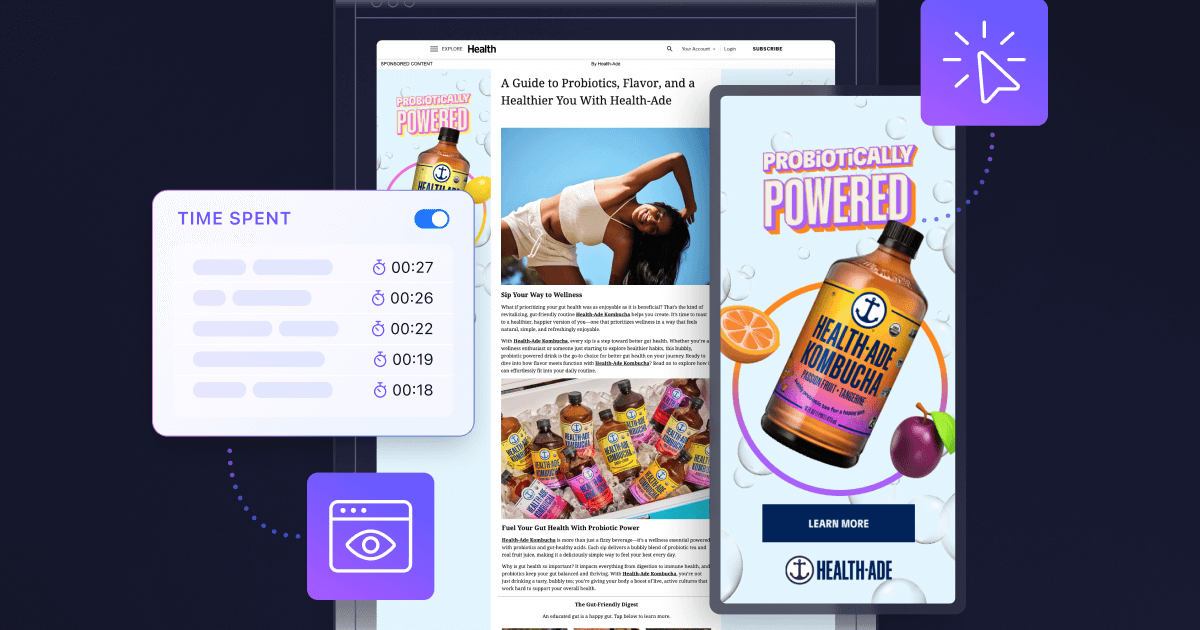What Is the Difference Between Native and Non-Native Ads?
.png)
Written by: Erin Tye, Director of Content Insights & Innovation at Nativo Inc.
A few major things differentiate native and non-native advertisements, but the first and most obvious is that native ads are formatted to blend organically into the environment in which they’re served. This means the content will match the look and feel of the website.
Here’s a visual of what I mean. Since Nativo, a native advertising agency and platform, is able to distribute branded content across hundreds of publishers for any one campaign, we need to dynamically match a variety of aesthetics in order to preserve the native feel.
Here are three native in-feed units optimized to blend with different publisher pages:

Some less visual hallmarks of native advertising as compared to non-native ads are:
- Improved user experience
- True value exchange
- Different end goals
Improved User Experience
Since native ads are non-interruptive (as opposed to, say, pop-up ads), they preserve the reader’s intended experience. Though all native advertisements will have some form of disclosure (e.g., it will say “sponsored content” alongside the ad unit), they are much less obtrusive and distracting.
True Value Exchange
Most non-native advertising is focused on achieving the desired brand outcome. For something like a website homepage takeover, that might be awareness. For pop-up ads, that might be site traffic or sales. Native advertising is different in that it’s about value exchange. Yes, the brand is hoping for a particular outcome (engagement, brand lift, attention…etc.), but they’re equally focused on giving the reader something in return. For example, a retailer might put together a guide to the best gift ideas for toddlers, broken down by what you want to spend. Sure, all of those suggested presents can be purchased from this retailer (and are hyperlinked to drive traffic to their site), but this article is also providing genuine guidance. The reader learned more about suitable gifts for toddlers and got some good ideas, and the brand helped move potential a customer down the funnel (if not an outright sale).
Different End Goals
While native advertising can function for brands across the full sales cycle, it’s particularly effective as a mid-funnel tactic. As mentioned in the previous section, non-native advertising tends to be focused either on upper-funnel KPIs (awareness, impressions, views…etc.) or lower-funnel KPIs (conversion, purchase, download…etc.). Native content, focused as it is on value exchange, is best used for mid-funnel KPIs like brand lift, consideration, engagement, and building trust or credibility.
The Bottom Line
The average person is exposed to hundreds of ads every day. Most of us can reflexively close a pop-up ad before we’ve even registered what it said. Consumers now expect personalization and value - and are willing to spend more with brands who’ve built a relationship. If you’re looking for quality engagement and brand loyalty (not to mention easier conversions), native advertising needs a place in your content marketing strategy.
See what's possible with Nativo. Fill out the form below to schedule a free demo with one of our dedicated experts.

.jpg)


